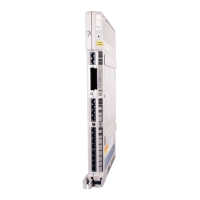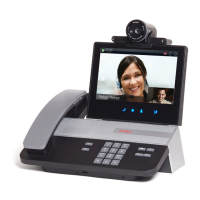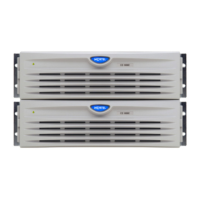DDT; Reviewed:
SPOC 10/18/2017
Solution & Interoperability Test Lab Application Notes
©2017 Avaya Inc. All Rights Reserved.
6.8.1.2 Trunk Group 2
Step 1 - Enter the add trunk-group x command, where x is the number of an unused trunk group
(e.g., 1). On Page 1 of the trunk-group form, provision the following:
Group Type – Set to sip.
Group Name – Enter a descriptive name (e.g., Verizon IPCC).
TAC – Enter a trunk access code that is consistent with the dial plan (e.g., *02).
Direction – Set to incoming.
Service Type – Set to public-ntwrk.
Signaling Group – Set to the signaling group administered in Section 6.8.1.1 (e.g., 2).
Number of Members – Enter the maximum number of simultaneous calls desired on
this trunk group (based on licensing) (e.g., 10).
Step 2 - On Page 2 of the Trunk Group form:
Set the Preferred Minimum Session Refresh Interval(sec): to 900. This entry will
actually cause a value of 1800 to be generated in the SIP Session-Expires header
pertaining to active call session refresh.
add trunk-group 2 Page 2 of 21
Group Type: sip
TRUNK PARAMETERS
Unicode Name: auto
Redirect On OPTIM Failure: 5000
SCCAN? n Digital Loss Group: 18
Preferred Minimum Session Refresh Interval(sec): 900
Disconnect Supervision - In? y Out? y
XOIP Treatment: auto Delay Call Setup When Accessed Via IGAR? n
Caller ID for Service Link Call to H.323 1xC: station-extension
add trunk-group 2 Page 1 of 21
TRUNK GROUP
Group Number: 2 Group Type: sip CDR Reports: y
Group Name: Verizon IPCC COR: 1 TN: 1 TAC: *02
Direction: incoming Outgoing Display? n
Dial Access? n Night Service:
Service Type: public-ntwrk Auth Code? n
Member Assignment Method: auto
Signaling Group: 2
Number of Members: 10

